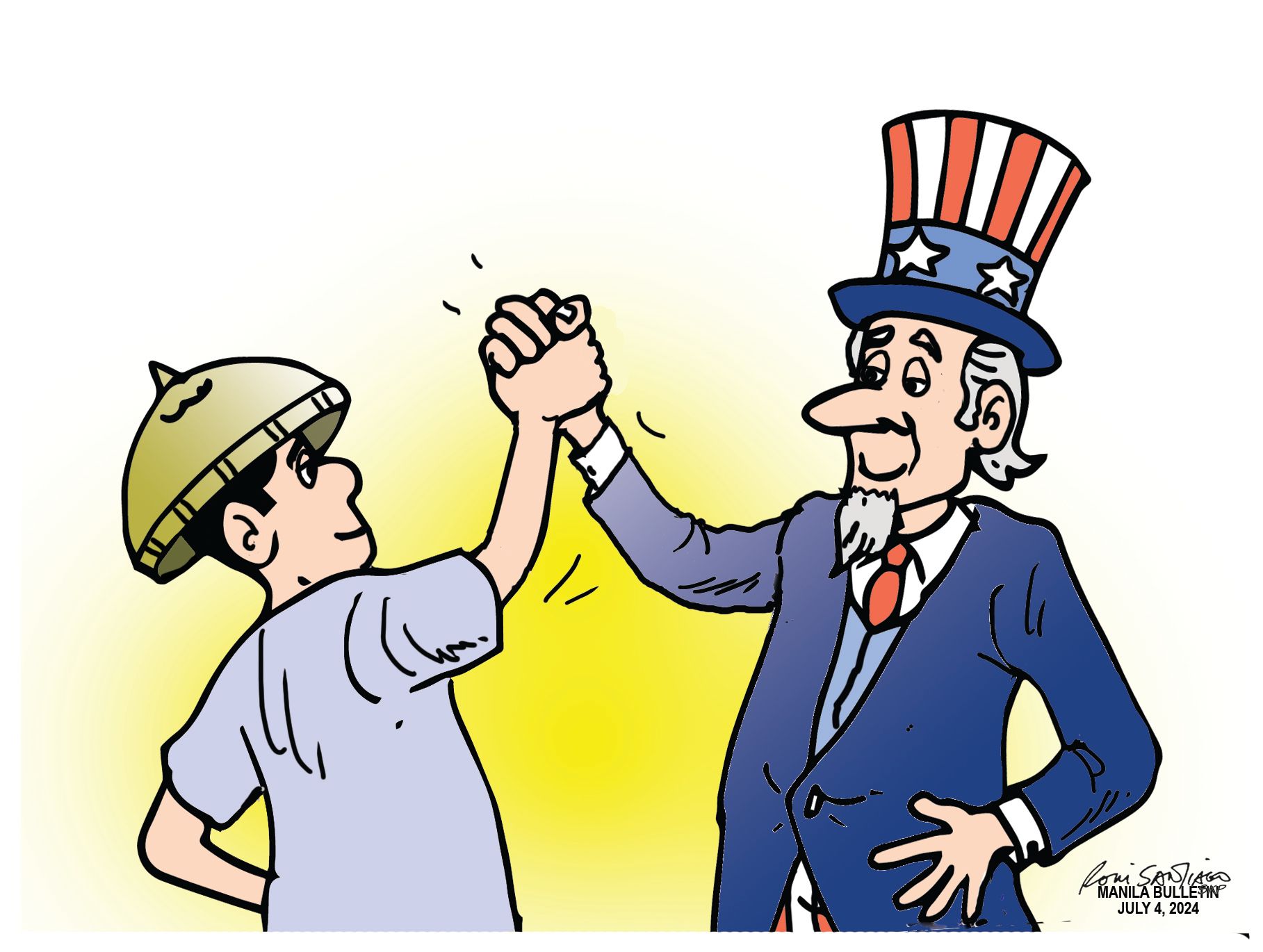
According to a 2021 report of the US Census Bureau, there are nearly 4.5 million individuals who were either born in the Philippines or reported Filipino ancestry or race. There are approximately 300,000 US citizens residing in the Philippines, including many US military veterans. What do Filipinos and Americans think and feel about the state of bilateral relations between their countries?
While not anymore observed as a non-working public holiday, the spirit of Filipino-American Friendship Day celebrated on July 4 has been demonstrated concretely in the sphere of defense and security cooperation.
Following the termination of the bases agreement and the conversion of Clark Field and Subic Bay as major economic development zones, a Visiting Forces Agreement (VFA) came into effect in 1999. This led to the staging of the annual Balikatan exercises between the two countries' armed forces that involved crisis-action planning, enhanced training in counter-terrorism operations, promoting interoperability of the forces, and conducting post-calamity disaster relief and rehabilitation.
The forging of the Enhanced Defense Cooperation Agreement (EDCA) in 2013 coincided with rising tensions brought on by China’s claims on overlapping exclusive economic zones of the Philippines, Indonesia, Vietnam, Singapore and Malaysia in the disputed waters of the South China Sea.
In 2016, both countries agreed on five locations as EDCA bases, namely: Antonio Bautista Air Base in Palawan, Basa Air Base in Pampanga, Benito Ebuen Air Base in Cebu, Fort Magsaysay in Nueva Ecija, and Lumbia Airport in Cagayan de Oro. Four more locations of EDCA bases were designated in 2023: Balabac Island in Palawan; Camp Melchor de la Cruz in Gamu, Isabela; Lal-lo Airport in Lal-lo, Cagayan and Naval Base Camilo Osias in Santa Ana, Cagayan.
This year marks the culmination of the US government’s Country Development Cooperation Strategy (CDCS) for the Philippines from November 2019 to November 2024. This strategy embodied the US’ Indo-Pacific vision for the Philippines as a well-governed and more self-reliant partner through key programs such as the Indo-Pacific Transparency Initiative, Infrastructure Transaction Advisory Network, Digital Connectivity and Cybersecurity Partnership and Asia Enhancing Development and Growth through Energy.
Three major outcomes sought to be achieved are: first, democratic governance is strengthened; second, inclusive and market-driven growth is expanded; and third, environmental and community resilience is enhanced.
Amid the continuing tensions and increasing number of conflict incidents in the West Philippine Sea, the Biden administration has consistently affirmed its “iron-clad commitment” to fulfill its obligations under the Mutual Defense Treaty between the Philippines and the US, which stipulates that both nations will support each other in the event either party is subjected to armed attack.
Beyond the spheres of defense and security, people-to-people ties remain vibrant, serving as the bedrock of the relationship between Filipinos and Americans.
State Department educational and cultural programs have spawned a growing network now composed of over 3,000 members of the Philippines’ Young Southeast Asian Leaders Initiative (PH YSEALI). Launched earlier this year, UPSKILL a five-year program to strengthen higher education institutions in the Philippines by boosting innovation, work-force development and community extension work.
Indeed, the solidarity between Filipinos and Americans, fostered through many decades of abiding friendship, is a bulwark of strength and a beacon of hope amid the perils of global turmoil.